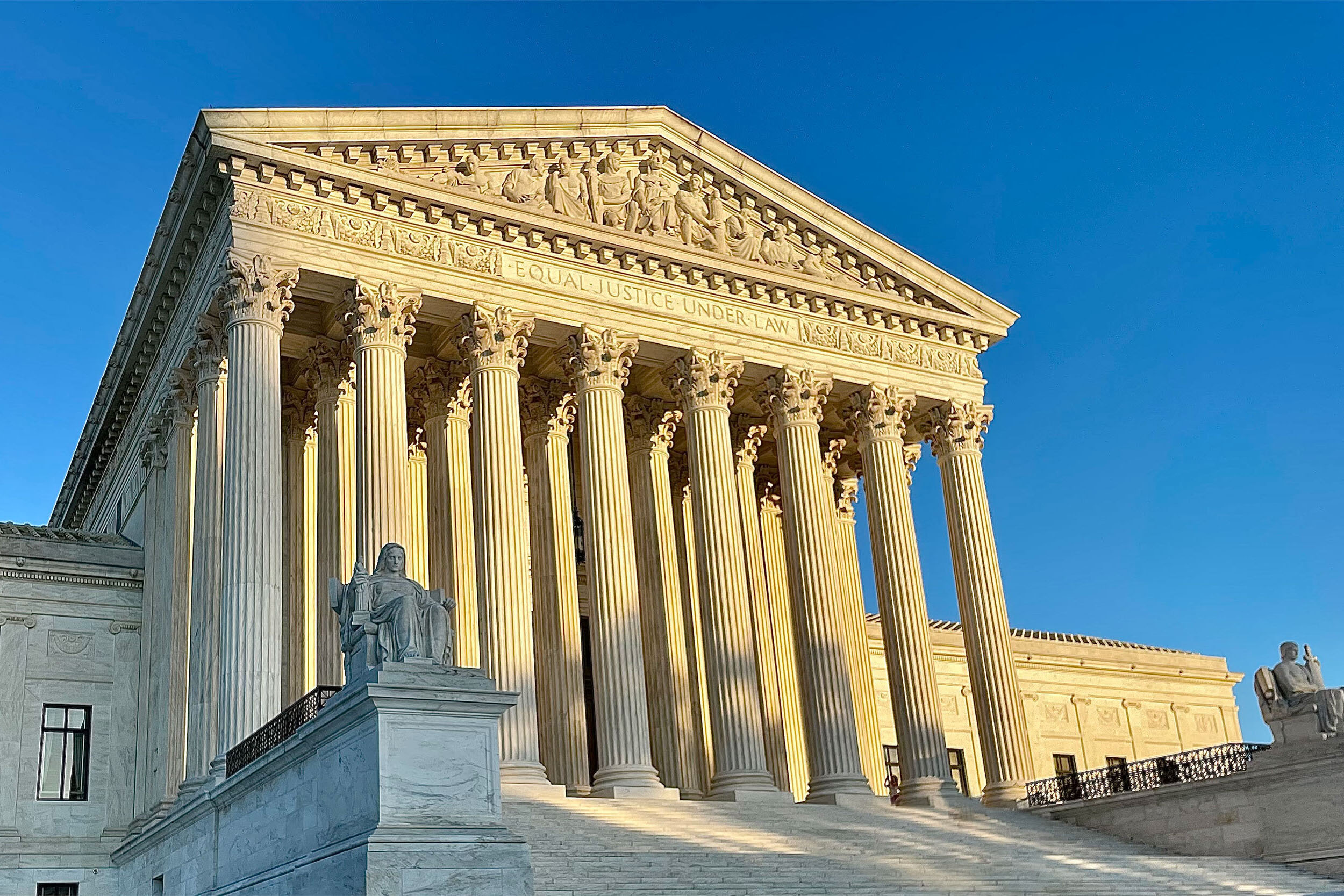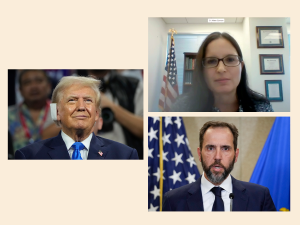
Douglas Rissing/iStock for Getty Images
What to know about Harvard’s case in Supreme Court
Lower courts, along with over 40 years of precedent, have approved using race as one factor among many in admissions
Editor’s note: On Thursday, June 29, 2023, the Supreme Court ruled against race-conscious admissions policies at Harvard and the University of North Carolina, upending decades of precedent. Below, a look at the stakes in the case and more detail on how it ended up before the Court.
On Monday, the Supreme Court will hear arguments in a case to decide whether race-conscious admissions policies at Harvard College and the University of North Carolina can continue. The court has for more than four decades upheld policies like those at Harvard, which consider race as one factor among many in admissions, and recognized that schools have a compelling interest in achieving the benefits associated with a diverse student body. This is a closely watched case that could affect colleges and universities nationwide. Here are some commonly asked questions and answers.
What is the case about?
The lawsuit was brought by Students for Fair Admissions, Inc. (SFFA), an Arlington, Virginia, nonprofit founded by Edward Blum, who has mounted several legal challenges to race-conscious admissions policies and voting rights laws in recent decades. In 2008, Blum was part of a lawsuit against the University of Texas at Austin over its use of race in admissions. The Supreme Court upheld UT’s admissions policies in 2016, the last time the Court ruled on the issue. SFFA claims that Harvard College deliberately discriminated against Asian American applicants because of their race and considers race in ways that violate Title VI of the Civil Rights Act of 1964.
How did we get here?
On Oct. 1, 2019, after a three-week trial, the U.S. District Court in Boston ruled that Harvard does not discriminate and that its consideration of race complied with longstanding Supreme Court precedent. SFFA appealed the decision. On Nov. 12, 2020, the First Circuit Court of Appeals upheld the District Court decision, rejecting SFFA’s arguments and affirming judgment for Harvard on all counts. SFFA again appealed the decision, this time to the U.S. Supreme Court. In January, the Court said it would consider the case, along with another case SFFA filed against the University of North Carolina, during its 2022-2023 term.
What’s at stake?
Harvard and the University of North Carolina are the named defendants, but should SFFA prevail, the Court’s decision would affect all colleges and universities nationwide that consider race as one factor among many in their admissions process. SFFA has asked the Court to reverse long-established precedent and prohibit any consideration of race in admissions.
In past cases, both the Supreme Court and lower courts have consistently ruled that colleges and universities may retain the ability to consider race as one of many factors for admission to create the diverse communities critical to their educational missions. Higher education leaders argue that such communities are necessary to prepare students to live and work in a world that is becoming increasingly pluralistic and global.
How does Harvard consider race during admission?
Admissions at Harvard are highly competitive. This year, 61,000 applicants vied for fewer than 2,000 spots in the Class of 2026. The process involves a comprehensive, whole-person review of each applicant requiring months to complete. Admissions officers examine and consider a range of information, including academic achievements and extracurricular activities. Personal essays, recommendations from teachers and guidance counselors, and applicant interviews are also considered by a diverse, 40-person committee. Race is one factor in determining what makes an applicant unique and what they might bring to the Harvard community. Testimony at trial established that race only ever functions as a plus factor and is never used to deny qualified applicants’ admission.
How wide is the support for Harvard?
Current and former Harvard students, represented by the Asian American Justice Center, the Lawyers’ Committee for Civil Rights, and the NAACP Legal Defense and Educational Fund testified during the trial in support of Harvard and the importance of a diverse student body. Not a single student testified on behalf of SFFA.
In the First Circuit, 25 Harvard student and alumni organizations representing thousands of Asian American, Black, Latinx, Native American, and white Harvard community members filed an amicus brief in support of the University. Nearly 700 social scientists, leading economists, higher-education experts, attorneys general from 15 states, and 37 colleges and universities also wrote in support. Other backers include the Asian American Legal Defense and Education Fund, American Council on Education, Anti-Defamation League, and several multinational corporations, including Apple, General Electric, Intel, Microsoft, and Verizon.
A broad coalition of major corporations, higher education organizations, and legal, religious, military, and civil rights groups voiced their strong support for Harvard in briefs submitted with the Supreme Court this summer.
How has the Supreme Court viewed Harvard’s process in the past?
Twice, the Court has cited Harvard as a model for other colleges and universities. The College’s qualified, limited use of race is entirely consistent with Supreme Court precedent in the issue, established in Bakke (1978), affirmed in Grutter (2003), and reaffirmed in Fisher I (2013) and Fisher II (2016).
What might future Harvard classes look like in a race-blind system?
The proportion of the class that identifies as African American and Hispanic would decline significantly if Harvard eliminated race as a factor in admissions, evidence presented at trial showed. Additionally, when experts simulated the racial makeup of the class, replacing the consideration of race with “race-neutral alternatives,” they found that Harvard would not be able to reach the same levels of diversity it achieved through the limited consideration of race as one factor among many.






